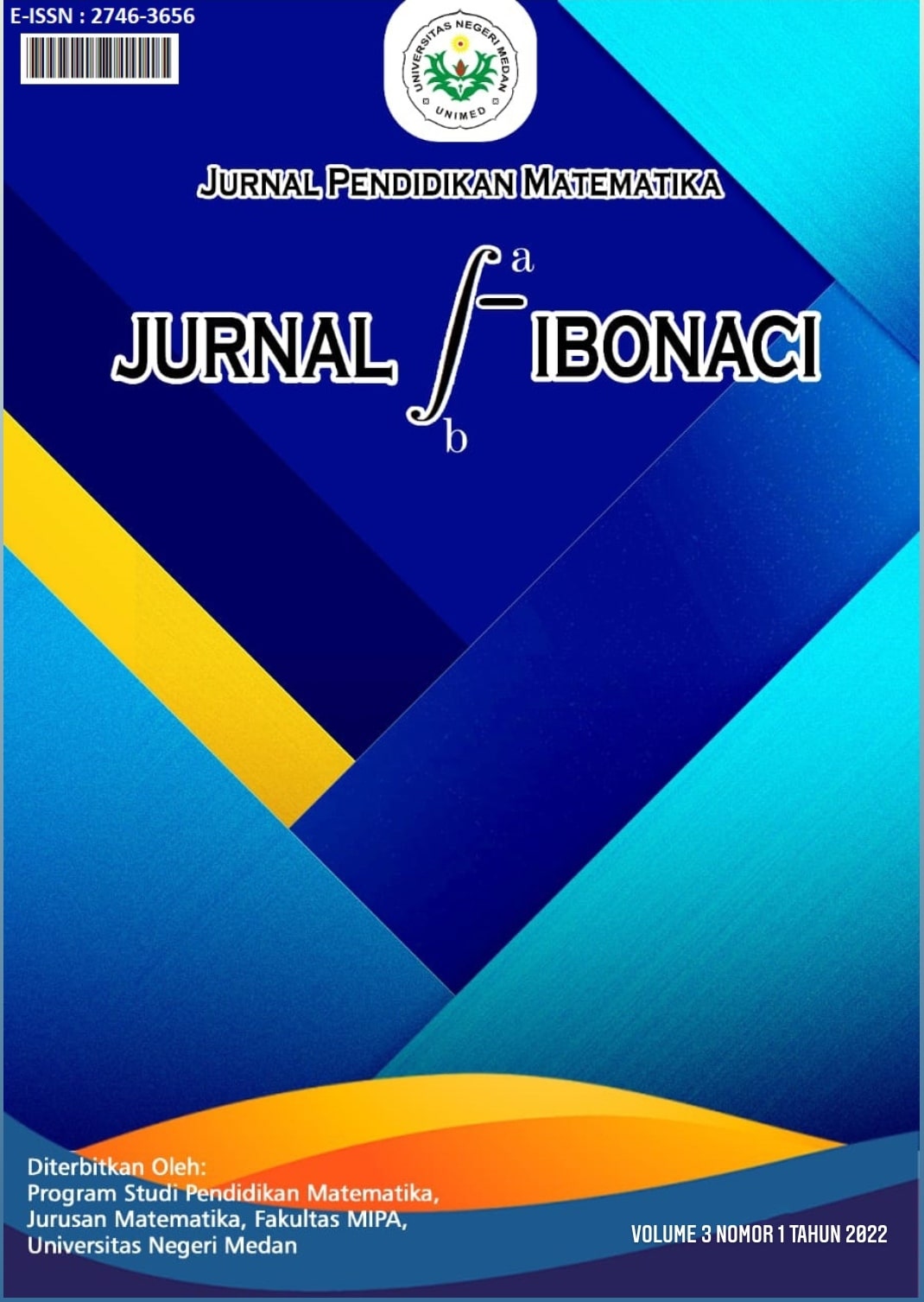The Development of Android-based Augmented Reality Learning Media for Three Dimensional Curved Surface
Main Article Content
Abstract
The objective of this study are developing the valid Augmented Reality (AR) learning media in Android platform for three dimensional curved surface and getting the students responses. This study was using the type of Research and Development (R&D) with the ADDIE model ( Analysis, Design, Development, Implementation, Evaluation). The data collection technique was using the questionnaire, which used to validating the media and getting the students responses. The validation was obtained from lecturer in State University of Medan as the material experts and media experts. The media have been implement to the students in the 3rd grade of SMP Negeri 35 Medan. The result of this study show that the AR learning media is the very valid learning media in accordance to the total score percentage of material experts (81,25%) and media experts (82,14%). The students was responsing that the AR learning media in excelent category in accordance to the total score percentage of students responses (85,88%). Therefore, based on the validation, the validity of the android-based augmented reality learning media for three dimensional curved surface has been tested
Article Details
Section
Articles

This work is licensed under a Creative Commons Attribution-NonCommercial-ShareAlike 4.0 International License.
Authors who publish articles in this journal agree to the following terms:
- Authors retain copyright of the article and grant the journal right of first publication with the work simultaneously licensed under a CC-BY-SA or The Creative Commons Attribution–ShareAlike License.
- Authors are able to enter into separate, additional contractual arrangements for the non-exclusive distribution of the journal's published version of the work (e.g., post it to an institutional repository or publish it in a book), with an acknowledgment of its initial publication in this journal.
- Authors are permitted and encouraged to post their work online (e.g., in institutional repositories or on their website) prior to and during the submission process, as it can lead to productive exchanges, as well as earlier and greater citation of published work (See The Effect of Open Access).
